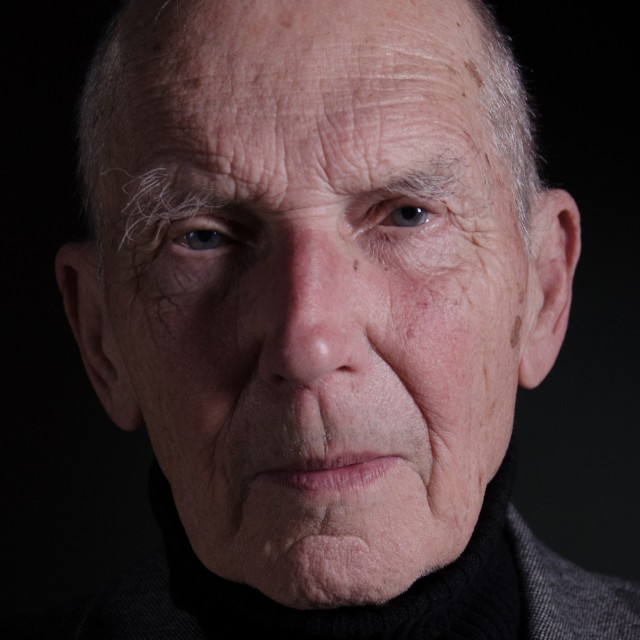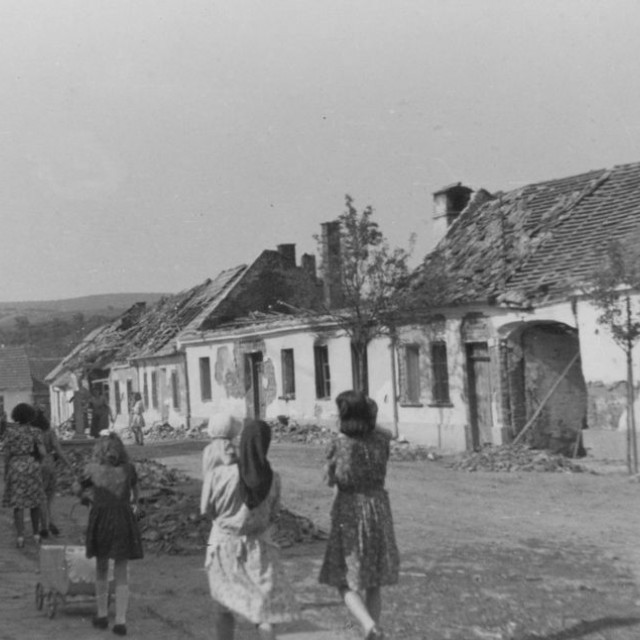A painter becomes a forest labourer
It was during his studies at the grammar school that the artist Pavel Brázda discovered a unique artistic style he called hominism. He drew inspiration from people and his paintings were to be understandable to common people. He based his art on left-wing avant garde of the 1930s and surrealism, he admired Guillaume Apollinaire and his “honest pre-WWII avant garde communism”.
His art was interrupted by WWII and forced labour. From winter 1944 to next spring, when it was already clear that the war was about to end, he worked in a forest as a auxiliary labourer. For a young man unused to hard work, who had lived most for his hobbies so far, this was more than difficult reality. His family may have foreseen this and that is why they saw to it that he was placed near Veverská Bítýška. Pavel could live in the family villa and commuted to the forest every morning, returning in the evening.
“I had problems coping with forced labour. When the tension alleviated in 1945 my mum took me to a psychiatrist. I wrote some texts to get going, I could not even paint any longer,” says Pavel Brázda. “What I was suffering from most was that I was torn from the middle of my work on hominism and suddenly could not work on anything.“
Hodnocení
Hodnotilo 0 lidí
Routes
Not a part of any route.
Comments
No comments yet.



